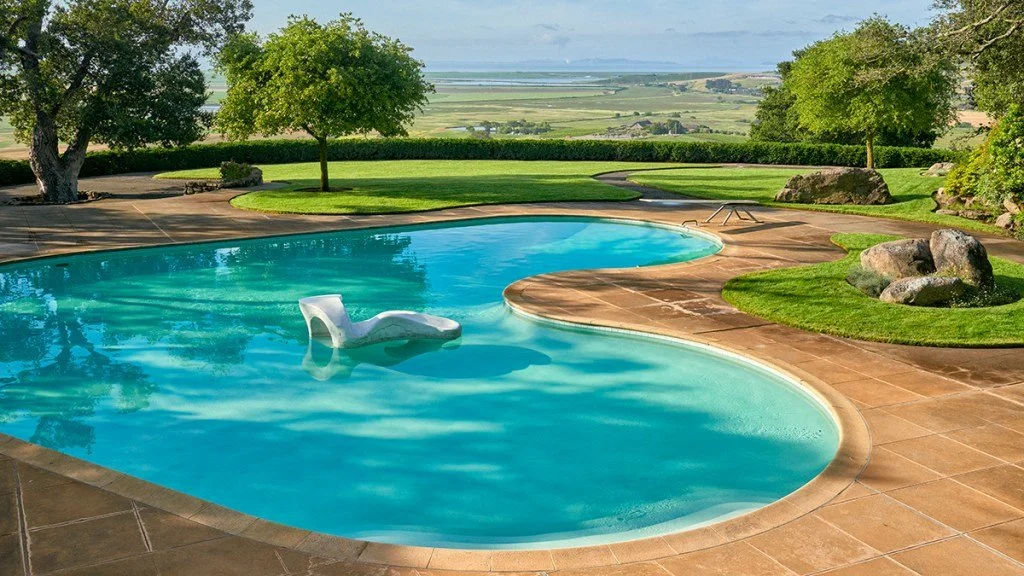Modern Gardens and Contemporary Landscape Architecture
Modern gardens and contemporary landscape architecture represent a harmonious blend of form, function, and sustainability. This aesthetic is characterized by clean lines, minimalism, and integration with the surrounding environment. Rooted in early 20th-century movements, modern landscape design has evolved to include influences from various cultural and technological advancements. This blog delves into the history, defining features, and cultural influences that have shaped modern garden and landscape architecture.
Early 20th Century: The Birth of Modernism
The modern landscape design movement began in the early 20th century, influenced by broader modernist principles that emphasized simplicity, functionality, and a break from traditional forms. Movements that contributed to the development of modern landscape architecture include:
Bauhaus Movement: The Bauhaus school in Germany, founded by Walter Gropius in 1919, played a crucial role in shaping modern design. Its emphasis on combining art, craft, and technology influenced architecture and landscape design, promoting functionality and simplicity.
International Style: Architects like Ludwig Mies van der Rohe and Le Corbusier advocated for the International Style, emphasizing open spaces, minimal ornamentation, and new materials such as steel and glass.
Mid-20th Century: Expansion and Innovation
The mid-20th century saw the expansion of modern landscape design principles worldwide. Prominent landscape architects such as Garrett Eckbo, Thomas Church, and Dan Kiley integrated modernist principles into their work, creating functional and aesthetically pleasing landscapes.
Donnell Garden by Thomas Church
Garrett Eckbo: Known for his innovative residential garden designs, Eckbo combined modernist aesthetics with social and environmental considerations, emphasizing the importance of outdoor living spaces.
Thomas Church: Often credited with creating the "California Style," Church's designs blended indoor and outdoor living, utilizing modern materials and plantings suited to the local climate.
Dan Kiley: Kiley's work, including the famous Miller Garden in Indiana, showcased the power of geometry and simplicity in landscape design.
The Hamilton Garden by Dan Kiley
Defining Features of Modern Landscape Design
Modern landscape design is characterized by several key elements that distinguish it from traditional styles:
Clean Lines and Geometric Shapes
Modern landscapes often feature precise lines and geometric forms, creating a sense of organization, cleanliness, and simplicity.
Pathways, patios, and garden beds are typically designed with precise, defined edges.
Minimalism and Simplicity
A minimalist approach is central to modern design, focusing on essential elements without unnecessary ornamentation.
Using a limited color palette and restrained plant selection enhances the minimalist aesthetic.
Integration with Architecture
Modern landscape design complements the home's architecture, creating a complimentary transition between the indoor and outdoor living spaces.
Expansive windows, glass doors, and open floor plans help to connect indoor and outdoor living spaces.
Use of Modern Materials
Concrete, powder coat steel, and glass are commonly used in modern landscapes.
These materials provide a sleek, contemporary look, often contrasting with natural elements like wood and stone.
Sustainable Practices
Sustainability is crucial in contemporary landscape design, emphasizing native plants, water conservation, and eco-friendly materials.
Techniques like xeriscaping, rain gardens, and green roofs are often employed.
Above, a modern landscape design by Contexto Landscape Design + Build. Concrete pavers are perfectly inlaid with lush planting, integrating the forms into the site. A steel pergola provides shade, while climbing vines soften the materiality of the feature.
Above, a modern planting design and material specifications are beautifully integrated to complement a stunning residence.
The Future of Modern Design
Modern gardens and contemporary landscape architecture continue to evolve, driven by technological advancements, environmental concerns, and changing lifestyles. As we move forward, the principles of modernism—simplicity, functionality, and integration with nature—remain central to creating beautiful and sustainable landscapes. For designers and homeowners alike, embracing modern landscape design offers an opportunity to create aesthetically pleasing outdoor spaces that reflect contemporary values and aspirations. Whether using innovative materials, sustainable practices, or a minimalist approach, modern landscape architecture provides a framework for crafting timeless, functional, and inspiring environments.



